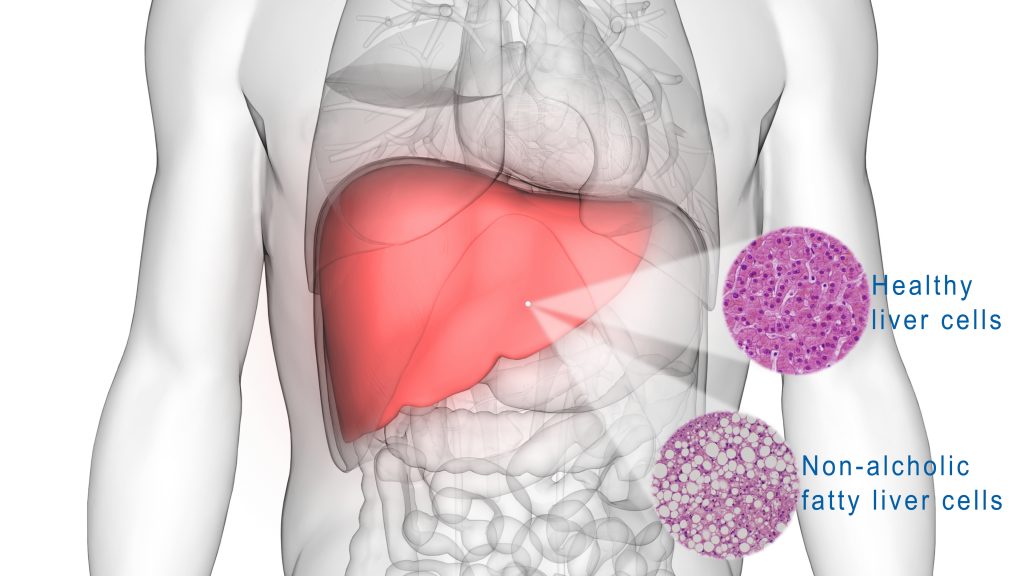Researchers from the Baker Heart and Diabetes Institute have led ground-breaking research which has identified genetic factors and toxic blood fats which indicate a prevalent, yet largely unrecognised, liver condition. Their discoveries could pave the way for early diagnosis and better treatments for the disease and prevent millions of Australians developing advanced disease and complications.

Dr Brian Drew and Dr Anna Calkin from Baker Heart and Diabetes Institute.
Fatty liver disease affects more than 5.5 million Australians including more than 40% of adults over the age of 50. But because it has few or no symptoms, most people don’t realise they have it until it develops into serious diseases like diabetes, heart disease, liver failure or cancer.
The research, led by Baker Institute researchers Dr Anna Calkin and Dr Brian Drew (pictured), has identified both genetic factors and toxic blood fats which play key roles in the initiation and progression of the disease – discoveries which could help provide earlier diagnosis and better treatment.
Dr Drew says identifying six toxic blood fats which can be analysed to predict liver damage paves the way for a new early detection blood test, similar to the cholesterol tests people routinely have to predict their heart risk.
The hope is that this will allow earlier diagnosis, before people developed advanced disease or complications – something Dr Calkin says is ‘very exciting’.
The team, which also included researchers from the University of Sydney and the University of California, also identified new genes which are linked to the condition, providing important information which may help develop new treatments to combat the disease by supressing gene activity.
The group’s research was published today in leading scientific journal, Nature.

Fatty Liver Disease affects millions of Australians, but goes largely unrecognised until it is very advanced.
